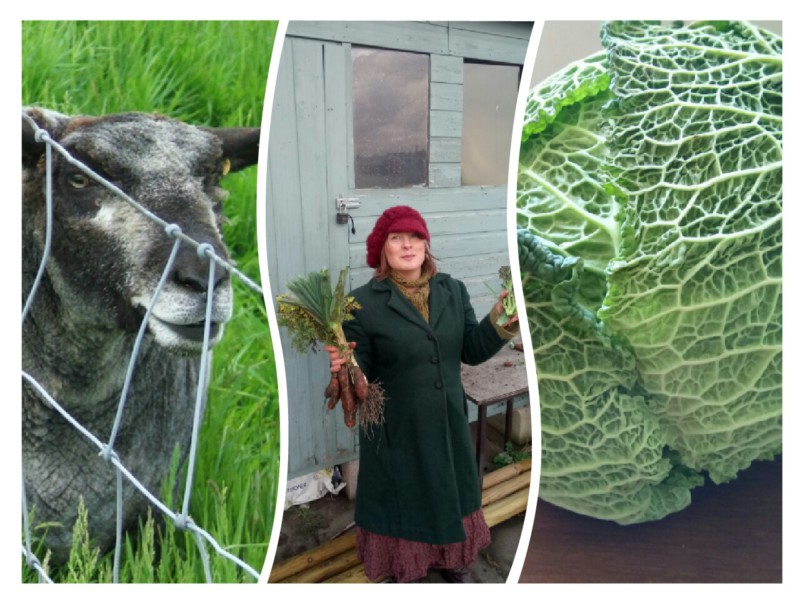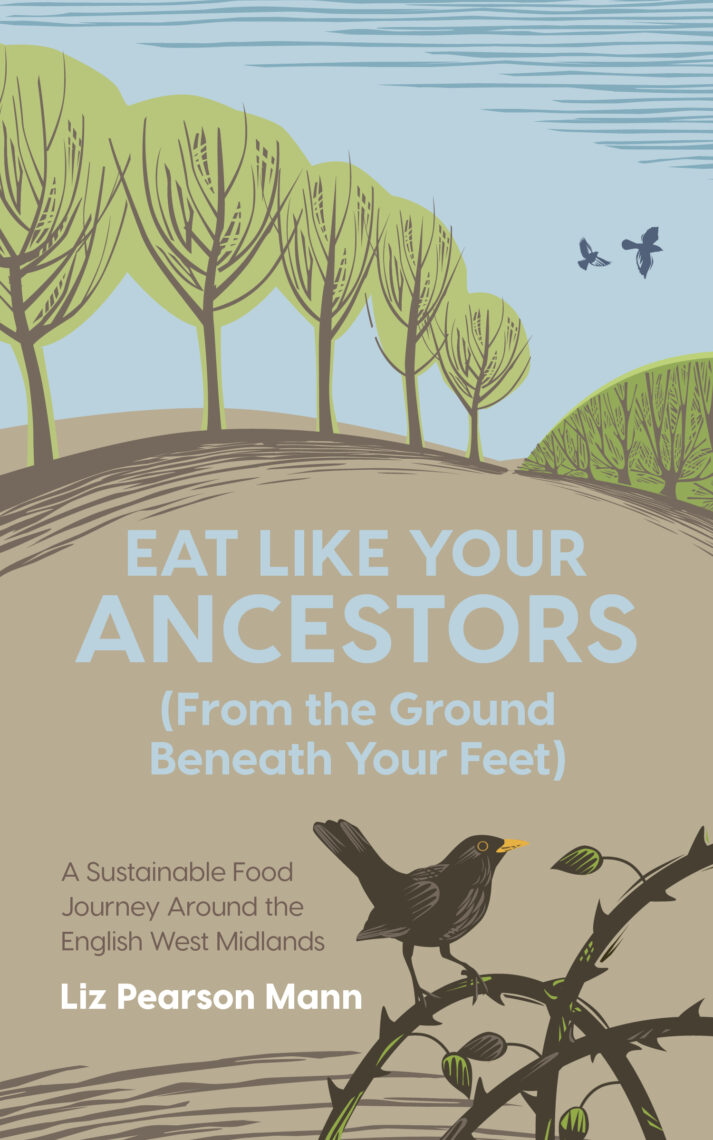The hot topic, at the moment, for living a green and zero waste lifestyle revolves around animal-based or plant-based food and sustainable diet.
All the focus is on where you are on the meat-eating or plant-eating spectrum, wherever you look. Perhaps you’re reading this because you want to know what to eat. Eat meat/don’t eat meat/become vegetarian or pescetarian? I wonder, though, have we become too tied up in knots by one single question?
I’ve been thinking about the ways of homesteaders and farmers. About their connection to their environment too, for it is the solid rock beneath their feet, the water lapping up against their shores or banks, the soil and the terrain that influences what they produce. And, what makes a sustainable farmscape and diet. It is rock and soil, though, that I focus on, as I travel around an inland landscape.
A Pastoral Landscape in January
Bearing this in mind I bring you to a day in early January when I happened to be in Shropshire, one county north of home. I was in a small town called Church Stretton. I stood in the middle of town on a chilly, windy day looking at the surrounding hills. The high ridges of the Long Mynd and Wenlock Edge were in the near distance, with the faint baa of sheep all around. Cows were grazing on lower ground, and there was an occasional field showing the remains of crop stubble, but not many. It was a classic pastoral scene.
Just after the Christmas and New Year binge I was feeling the effects of too much rich Christmas food and had been thinking about bringing more vegetarian dishes back on to the menu.
A little more plant-based food wouldn’t go amiss in our household. After all, my husband and I have an allotment. It occurred to me that if we could spend more time growing our own food, we’d have low cost, nutritious food coming straight into our kitchen. I get grand ideas about what to do on the allotment; some of which stick and some of which fall by the wayside. But either way, my thoughts were on how to maximise our use of this food.
Read more about recipe ideas: ingredients, seasons and food miles. Take a tour too around iconic pastoral landscapes of the British Isles: it is there we find food-producing land and wild country. This is a preview of Chapter 1 (Into the Hills) in my book, out now. See Eat Like Your Ancestors (From the Ground Beneath Your Feet): A Sustainable Food Journey Around the English West Midlands.
Follow round on this journey to visit Red Rock Farm; read more about Food From the Hills.



Really enjoyed this. Reasoned and coming from a real context…where we really are and how the countryside, landscape, agricultural practice has evolved and how we can take decisions for ourselves about supporting a positive way forward within that context. Good writing as well. Thank you
Thank you, I’m glad you enjoyed it. I see you live and work with wildlife in this area, so will know this countryside well. I hope more people will seek out the food and farming on their doorstep that benefits local environment, wildlife and protects local distinctiveness.
Thoroughly enjoyed this. Loved how you have woven the Common Ground ethos of ‘local distinctiveness’ into your writing. Thank you.
Thank you, I’m glad you enjoyed it!